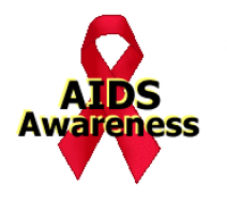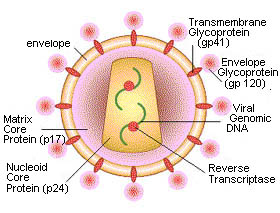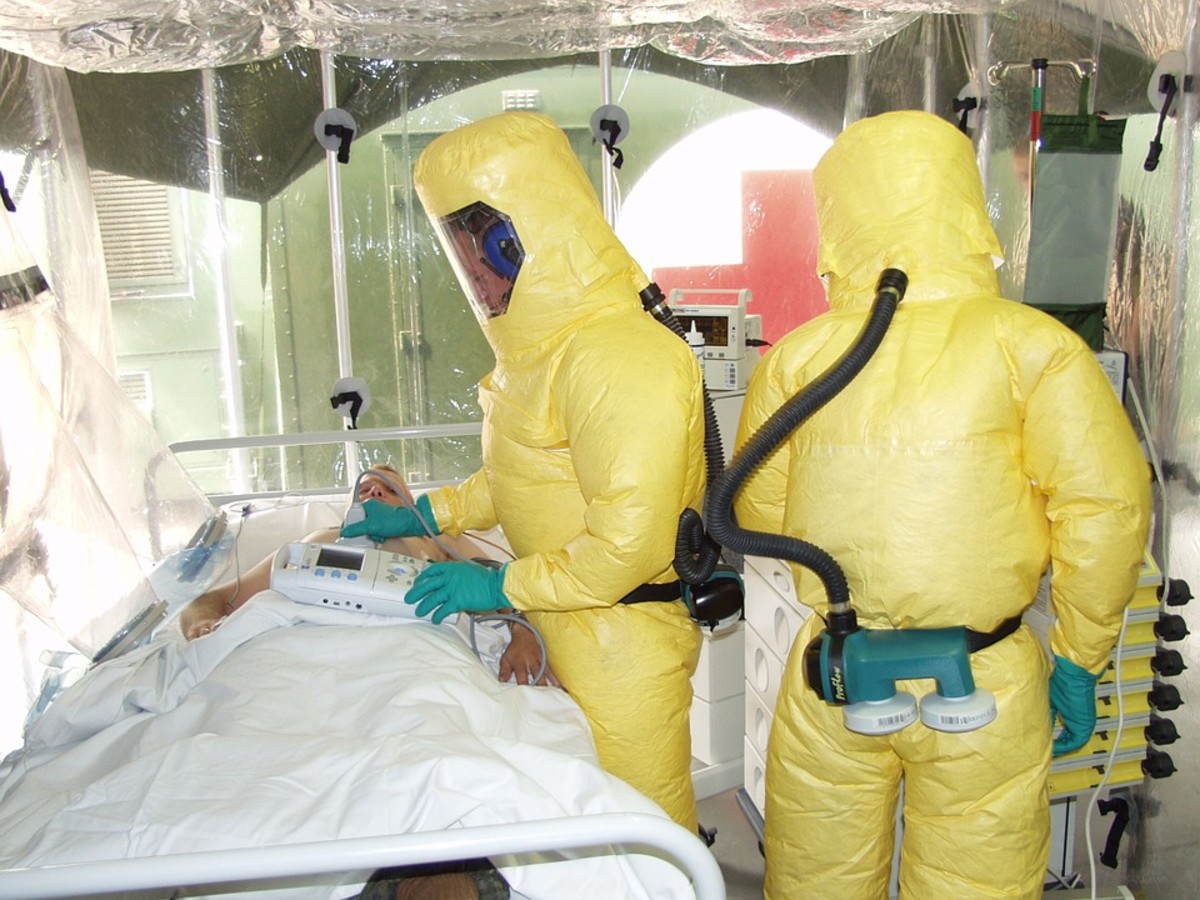BE AWARE OF HIV...AIDS

DOESN’T DIE OF IGNORANCE- BE AWARE OF HIV…AIDS?
The fear of AIDS is more prevalent today as it is not curable. Several high risk groups have high prevalence. Unawareness, negligence and helplessness are the causes of AIDS. Its time that early decisive action is taken to control and cut its wings occupying the whole world as a death warrant. It has become a major worldwide epidemic now.
AIDS was first reported by Dr. Gottlieb of U.S centers for disease, control and prevention in 1981. The causative agent was named LAV in 1984 and HTLV 111 by Robert Gallo. It was named HIV by international committee on viral nomenclature.
AIDS infection was detected in India for the first time in prostitutes of Chennai i 1986. AIDS: Acquired Immuno Deficiency Syndrome is a serious disease caused by a retrovirus
HIV (human immuno deficiency virus) which kills or damages cells of the body immune system, which in turn fails to fight infections
Why is AIDS a burning issue all over the world?
It is a burning issue world wide. In India, it is estimated that in 2006, about 2.45 million Indians were living with HIV. It is largely concentrated in six states- Mumbai- Karnataka corridor, Nagpur area of Maharashtra, Nammakkal district of Tamilnadu, Coastal Andhra Pradesh and parts of Manipur and Nagaland. Many people are unaware of their infection. Although there was high basic awareness levels (82.4% in males and 70% in females), rural women demonstrated very low rates of awareness, new approaches should be tried to reach rural communities with information about HIV…AIDS. Safe sex and how to prevent and treat HIV and AIDS.
BASIC FACTS OF HIV…AIDS
- This virus can only infect human beings.
- The effect of the virus is to create deficiency, a failure to work properly within the body’s immune system.
- This is a virus. So it is incapable of reproducing by itself. So it reproduces by taking over the machinery of the human cell.
- This virus belongs to the sub group of Retroviridae family. It is a RNA ( ribo nucleic acid) virus.
- This virus was independently discovered by Luc Montagnaier in 1983 at Paris and by Robert Gallo at USA in 1984.
- By weakening the immune system, HIV leads to the disease AIDS.
- AIDS is received in infection from somebody and it affects the immune system.
- The person affected with AIDS suffers wide range of different diseases and opportunistic infections.

Structure of HIV
HIV is a around 120nm in diameter and roughly spherical / isohedral shaped, enveloped, comprising an outer lipid envelope. Inside protein core is surrounded by two copies of RNA and viral enzymes essential for viral replication and maturation.
Stages of HIV
There are 4 stages of HIV infection.
1. Acute HIV infection: it is an illness, which occurs in an individual when infected by HIV usually within 2-6 weeks. The person may have flu like symptoms like fever for two days and they disappear in 2-3 weeks. At this stage, there is high level of virus in the blood but there are no antibodies. This period is called window period. During this period, the individual can transmit the virus to others. The routine anti body tests will be negative.
2. HIV positive “ asymptomatic period” ( Incubation period) : the person is tested positive for HIV antibodies but remains without symptoms. This stage lasts for three to five years.
3. HIV positive” symptomatic period”: immunity decreases in this stage resulting in symptoms like fever, loose motions and skin diseases. These diseases persist for a considerable time. This stage lasts for two to three years.
4. AIDS stage: a person reaches AIDS stage after 5-10 years of getting infected by HIV. Immune system decreases at a high rate resulting in the on set on secondary infection. Now the individual suffers from T.B, incessant cough etc.
Person suffers from severe weight loss (usually 10% of the body weight), unabated fever and diarrhea (for at least one month continuously), skin rashes, ulcers and swollen lymph glands.
Life Period:
- 80%-90% of HIV infected persons survive for a period of 10 years
- 5%-10% of HIV infected persons survive only for 3-5 years.
- 5% of HIV infected persons survive longer without development of AIDS.
Modes of transmission:
A person may get infected by HIV in the below said cases:
- Having sexual intercourse with an infected person
- Sharing drug needles or syringes with an infected person
- Women infected with HIV can pass the virus to their babies during pregnancy or during birth.
- Blood transfusions.
- Piercing tattoos with infected needles.
- Having more than one sexual partner gives higher risk of getting infected.
- HIV lives in human body mainly in body fluids and secretions (blood, semen, vaginal secretions, vaginal fluid and breast milk.
- HIV can live for only 15-30 seconds outside the human body.
Symptoms of the disease
When a person suffers with the following symptoms, he should urgently go for the blood tests.
- High fever
- Shortness of breath
- Coughing up blood
- Severe diarrhea
- Severe chest of abdomen pain
- Weakness
- Severe headache
- Change is mental status
There are three main types of blood tests:
- ELISA ( enzyme linked immuno sorbent assay)- This is a standard screening test where the anti HIV anti bodies in blood are detected. This test becomes positive 3-12 weeks after the infection.
- Western blot test (this test confirms the diagnosis) - in this test, the viral antigens are separated and transferred on a nitrocellulose paper. These tests are highly specific as they detect HIV antibodies to specific HIV proteins.
- PCR ( polymerase chain reaction)- in this test, the viral RNA or DNA is detected. This should be done in laboratories with specialized equipment. This technique can detect few copies of the viral genome. It is used to confirm HIV.
If a person has a doubt about his having HIV, he/she should be tested periodically with follow up testing to confirm the presence or absence of the disease.
Early diagnosis and treatment gives way to reduce the risk and to monitor the HIV status every now and then.
Every person should be aware of the HIV so that he/she can reduce the risk of getting vulnerable to be attacked by the disease. The tests conducted are actually kept confidential and never revealed to others. Appropriate counseling also aids in speedy mental recovery of the infected person.
Prevention of the disease
How one does gets infected by HIV?
A person may get infected by HIV in the below said cases:
- Having sexual intercourse with an infected person
- Sharing drug needles or syringes with an infected person
- Women infected with HIV can pass the virus to their babies during pregnancy or during birth.
- Blood transfusions.
- Piercing tattoos with infected needles.
- Having more than one sexual partner gives higher risk of getting infected
Measures to be taken to avoid getting infected by HIV
Having safe sex (using condoms) lessens the chance of getting infected. Moral values should be maintained life long and every person should confine his/her sexual activities to just one life partner.
Be careful while undergoing any treatment in hospitals. See that the hospital staff use sterilized and safe syringes.
Women infected with HIV should consult the doctor and take proper treatment so that the baby is not infected.
During blood transfusions, it should be carefully tested that the blood transfused is free of HIV infection.
While piercing ears or tattoos, ask the person to use sterilized needle.
Seeking immediate treatment for sexually transmitted diseases along with the partner is best advisable.
How is HIV not infected?
- This is not a disease which does not just happen. You cannot catch it like cold or flu. It does not spread by coughing or sneezing.
- It is not infected by touching or getting in contact with the infected person.
- It is not spread by using toilets, clothes or phones of the infected person.
- It is not spread by using various things used by the infected persons.
- We can’t get AIDS from a mosquito bite as the virus does not live in a mosquito and is not transmitted through a mosquito’s salivary glands.
- It does not spread through bed bugs, lice, flies or other insects. Prevention is the only cure for HIV…AIDS. Therefore being completely aware of the precautions to prevent HIV…AIDS and following them in our lives is important.
How to Cure HIV - AIDS?
Living positively with HIV affected persons
Every HIV infected person needs acceptance and support from the family members and the society. When infected persons are accepted and supported well, they can try to live positively and can find ways to cope up with the disease. The treatment too gives good results when these people are positive towards the treatment.
What is living positively?
- Making choices in life that promotes good health
- Making the best of life with HIV…AIDS.
- Living as normally as possible.
- Looking after one’s spiritual and mental health.
How can we care for the people having HIV……AIDS?
Home and society are very important for a person living with HIV…..AIDS. When such infected people are accepted, they get strength to fight against the disease and will try to live their life with positive thoughts.
Family should understand and support the person and help in coping emotionally and practically with the disease.
They need moral support that we are with them in their fight. They need physical care too.
Care should be taken to strengthen the immune system of the person. Healthy food should be given.
Treatment should not be broken in any circumstance. Medicines should be administered properly.
Infected people should get involved in social programs and can give speeches and testimonies on how they coped with the disease successfully. This will create self trust and reliance.
Children with HIV….AIDS
Women and children are mostly observed to be vulnerable to HIV…AIDS. The new findings by UNICEF say that 38% of the infected persons in India are women where more HIV positive mothers are unknowingly passing the virus to their children. This is increasing alarming.
It is observed that India has an estimated 220,000 children infected with this disease. It is also estimated that 55,000 to 60,000 children are born every year to mothers who are having this disease.
What should be done to these kids with HIV…AIDS?
- They need lot of love, care and support.
- They should be given nutritious food.
- They should be given prompt and proper treatment.
- They should be given proper education as the other normal children pursue their education.
- They should be encouraged to mingle with people and society as the normal kids do.
- They should be allowed to live normal life.
- HIV cannot spread through children by their urine, faces, saliva or my vomiting
Life skills
Children should develop certain life skills so as to face the challenges like HIV…AIDS. Children should know how to choose their decisions and how to pick their choice from the options life shows. The decision making and knowing what is important and good for them, inculcates a strong personality in them.
Some life skills:
- Decision making skills: this means critical thinking and making right and proper decisions in life.
- Interpersonal skills: children should be able to maintain healthy relationship between friends and classmates. They should be well versed with the verbal and non verbal communication, listening to others with compassion,
- Communication skills: expressing their views and opinions without inhibitions, to give active feed back and maintaining tolerance and patience while receiving feed back.
- Coping skills: children should learn to adjust with the situations of life. They should analyze the situation and try to cope up with the situation and its results.
- Handling peer pressure: making value judgments on request from friends. ( it may be offering a cigarette or poking to get involved in bad habits or becoming sexually active with wrong persons etc.,) they should be assertive in expressing their denial for such activities and should know how to refuse without creating confusion.
- Building caring relationships: children should learn to respect friends and others. They should know how to react and respect the opposite gender.
- Awareness about HIV..AIDS is most desired in adolescents. They should know how to refuse and cope with abuse or trauma.











